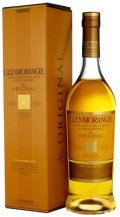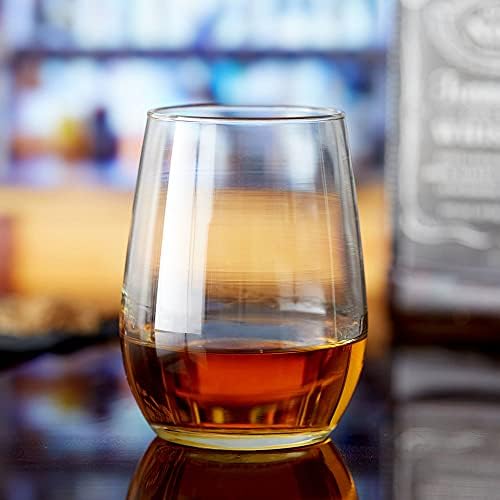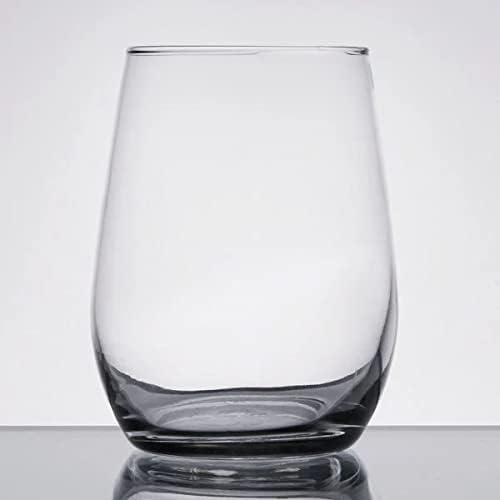Logistics:
Begin with a starter of a small strong black coffee to cleanse the palette, such as an espresso.
Glassware, particularly if it reminds you of the friend who gave you a set of his wedding glasses (thanks again to my brother,
@ChaosRock)! I’ve learned scotch is an experience best shared with friends over a good dram. Glencairn glass is good, a nice rocks glass is fine but might have a different, less concentrated nose.
For bottles, I’d begin on the lighter floral end of the spectrum, like a #1 Bruichladdie Classic. Work your way to the peaty end, like Lagavulin 8 or 16. Fill the middle with recommendations from friends. Limit to 4 bottles is my suggestion. Ask friends to help fund or bring a bottle or two to defray your cost if needed. Some other candidates:
#2 Glenmorangie 12 Sherry cask finish “Sounds like Glen m-orange-y”
#3 Bunnahabhain 12 “boon-uh-hah-Vin”, Oban 14
#4 Deanston 12, or Kilkerran 12, or Clynelish 14 “claylish”
#5 Laga 8 or 12
Have good water to experiment adding to a scotch that “opens up” with water. Some scotches “don’t open their gown until nearly drowned”. When you have cask strength scotch, water can help you find your personal sweet spot. That will change as you try more. Water also helps a bottle last longer. Start tasting neat, then experiment with water if you want to play around lowering the ABV.
Oatcakes were offered between bottles at a fancy tasting I attended. Neutral crackers should do fine. Dark chocolate, cheese, or fruit can affect tasting both positively and negatively.
Print out or buy a flavor map or two. Helps the brain make connections to the tasting/smelling notes. Example below.
Smell and think about what you are smelling. Start about a finger width underneath your nose. As you get accustomed, get in there as much as you wish.
Taste a little to acclimate, savor, can you match the taste to smell? What didn’t you smell but now taste? Does the dram have a long or short finish? Go back for more and share your experience with the group.
Most importantly, have fun!






